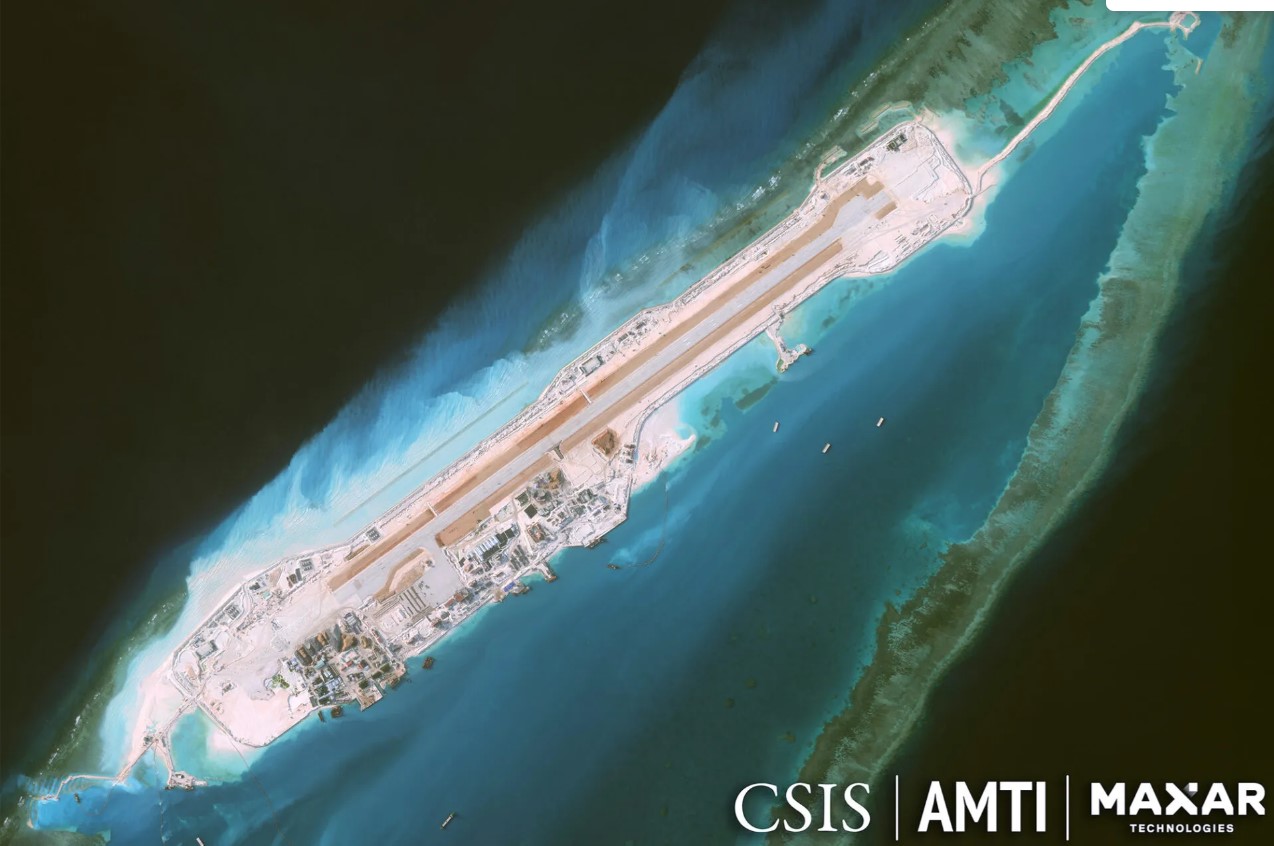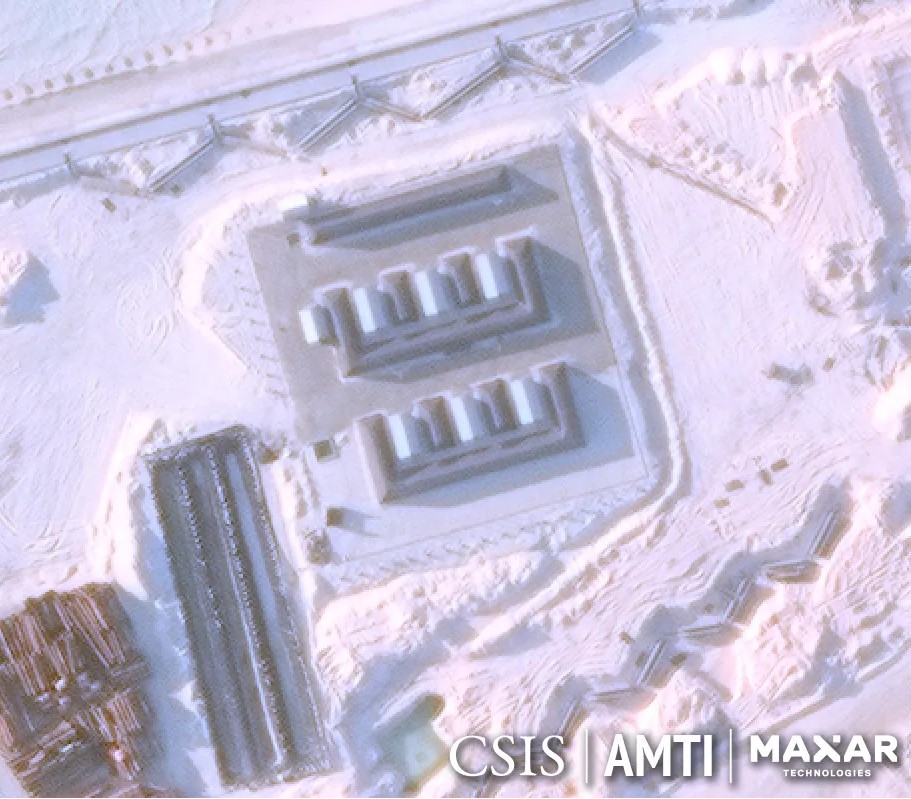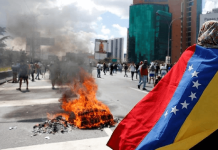Vietnam has built a total of 21 independent artificial islands in the disputed South China Sea over the past four years and is set to match, or even surpass, the scale of such activity there by China, challenging Beijing’s grip on one of the most critical maritime throughfares.
According to new satellite imagery reviewed by the Center for Strategic and International Studies (CSIS), a U.S. think tank, Vietnam has been reclaiming land on the disputed Spratly Islands since at least 2021.
However, Hanoi has dramatically increased the construction of artificial islands in the Spratly Islands since the beginning of this year.
New satellite imagery shows that Vietnam has expanded island-building to eight new features that were previously untouched by reclamation activity between 2021 and 2024.
Furthermore, Vietnam is not just building artificial islands in the crucial maritime throughfare, but is also heavily militarising them.
According to a recent Wall Street Journal report, the new islands now support multiple ports, a two-mile-long airstrip to accommodate large military aircraft, ample munitions storage, and defensive trenches that could host heavy weaponry.

These islands are located in areas where Vietnam’s sovereignty overlaps not only with China but also with Taiwan, the Philippines, Malaysia, and Brunei.
The frantic pace of Vietnam’s artificial island building and its heavy militarization suggest that, notwithstanding its small size, modest economic base, and limited military power, Vietnam is determined to challenge China’s bellicosity in the South China Sea (SCS).
Vietnam Vs China’s Artificial Island Building In the SCS
Vietnam was late to join the island-building activity on the Spratly Islands.
While Vietnam began the process in 2021, China started much earlier, around 2013.
These artificial islands are built from sand, coral, and rock carved out from the bottom of the sea.
These artificial islands allow Vietnam to project power in the Spratlys and to challenge China’s own island-building process in the region.
Notably, Vietnam’s island-building activity in the crucial maritime thoroughfare surpasses that of any other Southeast Asian country, except China, which began the process many years earlier.
The South China Sea is a major shipping route. The United Nations Conference on Trade and Development estimates that over 21% of global trade — amounting to US$3.37 trillion — transited through these waters, including the Spratly Islands, in 2016.
It is also home to rich fishing grounds that provide for the livelihoods of millions of people across the region. More than half of the world’s fishing vessels operate in this area.
Besides, the region is rich in natural resources, with vast oil and natural gas reserves.
Also, the region will serve as a crucial transit hub in case of a conflict between the US and China over Taiwan.
Satellite images show that Vietnam has created new land on all 21 rocks and the so-called low-tide elevations—reefs that were previously submerged at high tide—that it occupies in the Spratlys. On the other hand, China has created seven such artificial islands in the archipelago.
According to a CSIS paper, by March 2025, Vietnam had built more than 2,200 acres of artificial land in the South China Sea, compared with 4,000 acres constructed by China.
A latest analysis by the Asia Maritime Transparency Initiative (AMTI) estimated that as of March, Vietnam had created “about 70 per cent as much artificial land in the Spratlys as China had”.
“Reclamation at these eight new features all but ensures that Vietnam will match – and likely surpass – the scale of Beijing’s island-building,” it added.
Furthermore, the CSIS report details the military structures built by Vietnam in the artificial islands.

Munitions storage, in the form of six containers surrounded and separated by thick walls, has been constructed at each newly expanded reef. While most reefs only have one such structure, Barque Canada has the distinction of having three depots, the CSIS report said.
Vietnam’s frantic island-building activity in the SCS, along with its militarization, suggests that Hanoi is determined to protect its claims in the area, which are disputed not just between Vietnam and China but also by the Philippines, Taiwan, and Brunei.
Notably, China and Vietnam have already fought multiple bloody wars in the 1970s and 1980s.
The Many China-Vietnam Wars
In 1979, China and Vietnam fought a bloody war. In 1978, Vietnam invaded and toppled the Beijing-backed Khmer Rouge regime in Cambodia. In response, China invaded Vietnam in 1979.
Dubbed as the “Self-Defensive Counterstrike against Vietnam” by China, and “the War against Chinese Expansionism” by Vietnam, the 1979 Sino-Vietnamese War, as it is commonly known in the rest of the world, began in February 1979, with a massive Chinese blitzkrieg against Vietnam along the 800-mile border between the two countries.
China’s invading force included nine PLA army corps and 27 divisions totaling 220,000 troops, outnumbering the Vietnamese defenders by two to one.
The war lasted one month, with China unilaterally ceasing fire on March 16, 1979. Each side suffered roughly 30,000 deaths and 35,000 wounded, according to the Hoover Institute.
In the 1970s and 1980s, China forcibly seized from Vietnam several features in the Spratlys and the Paracel islands.
In January 1974, Chinese forces launched a military attack on the Paracel Islands, which were then under the control of South Vietnam.
After a brief naval battle that resulted in the deaths of more than 65 South Vietnamese soldiers, China seized control of the entire archipelago and has occupied it ever since.
Furthermore, in March 1988, Chinese and Vietnamese naval forces clashed in the Spratly Islands. During the skirmish at Johnson South Reef (also known as Johnson Reef or Chigua Reef), the Chinese Navy sank three Vietnamese ships and killed 74 Vietnamese sailors.
China took possession of the reef, establishing its first presence in the Spratlys by force.
In 1994, China took control of Mischief Reef (also part of the Spratlys), claimed by the Philippines.
Then in 2012, China seized Scarborough Shoal from the Philippines, alarming the other countries in the region.
China now controls the Paracel Islands in their entirety. The plurality of the Spratlys’ reefs and islands are controlled by Vietnam, while the Philippines and China each claim and operate on a sizable portion of the archipelago.
Malaysia and Brunei both have claimed some features of the Spratly Islands, as well as EEZs off their coasts that overlap with China’s claims.
China started building artificial islands in the Spratlys in 2013. China has also built air strips, ports, fortifications, munition depots, and bunkers on these islands. Beijing has also deployed powerful radars and other surveillance infrastructure that give it visibility of other countries’ movements across the waterway.
Vietnam followed with its own island-building activity in 2021 and is trying to match Beijing inch by inch.
However, few believe that, with its much smaller economic and industrial base and modest navy and air force, Hanoi could stand up to Beijing in an all-out war.
“I’m personally not too convinced that it’ll be any game-changer to the South China Sea power balance,” Collin Koh, a senior fellow at the S. Rajaratnam School of International Studies in Singapore, told the Hong Kong-based South China Morning Post in a recent conversation.
“At the end of the day, these artificial island outposts are static physical possessions and serve as symbols of their respective claims. However, one should otherwise see these outposts more as an enabler than a tool for projection of presence,” he added.
The real instruments of power projection are “mobile assets” such as aircraft and vessels, according to Koh.
According to Vu Lam, a policy analyst and Asean observer, Vietnam’s “visible reclaiming pattern … fits a resilience narrative rather than a bid for regional dominance.”
However, it remains to be seen how Beijing will respond to this.
- Sumit Ahlawat has over a decade of experience in news media. He has worked with Press Trust of India, Times Now, Zee News, Economic Times, and Microsoft News. He holds a Master’s Degree in International Media and Modern History from the University of Sheffield, UK.
- VIEWS PERSONAL OF THE AUTHOR
- He can be reached at ahlawat.sumit85 (at) gmail.com




